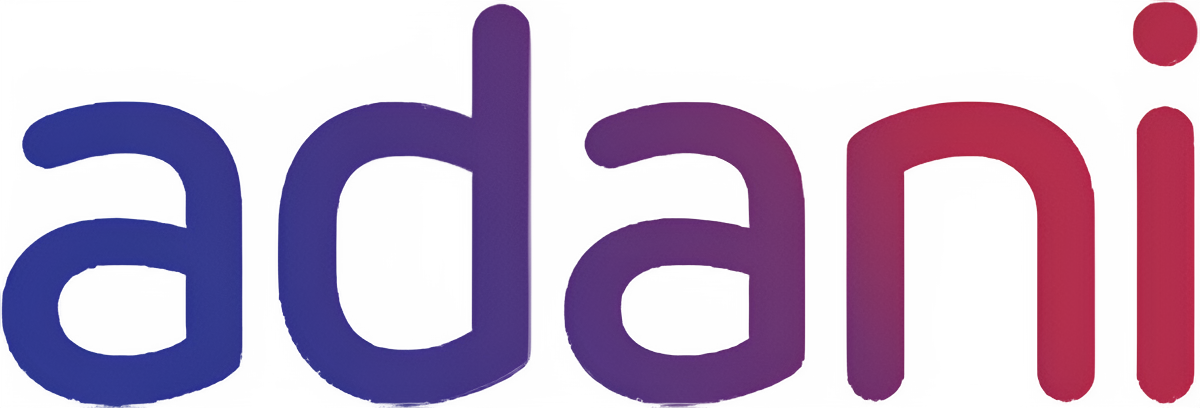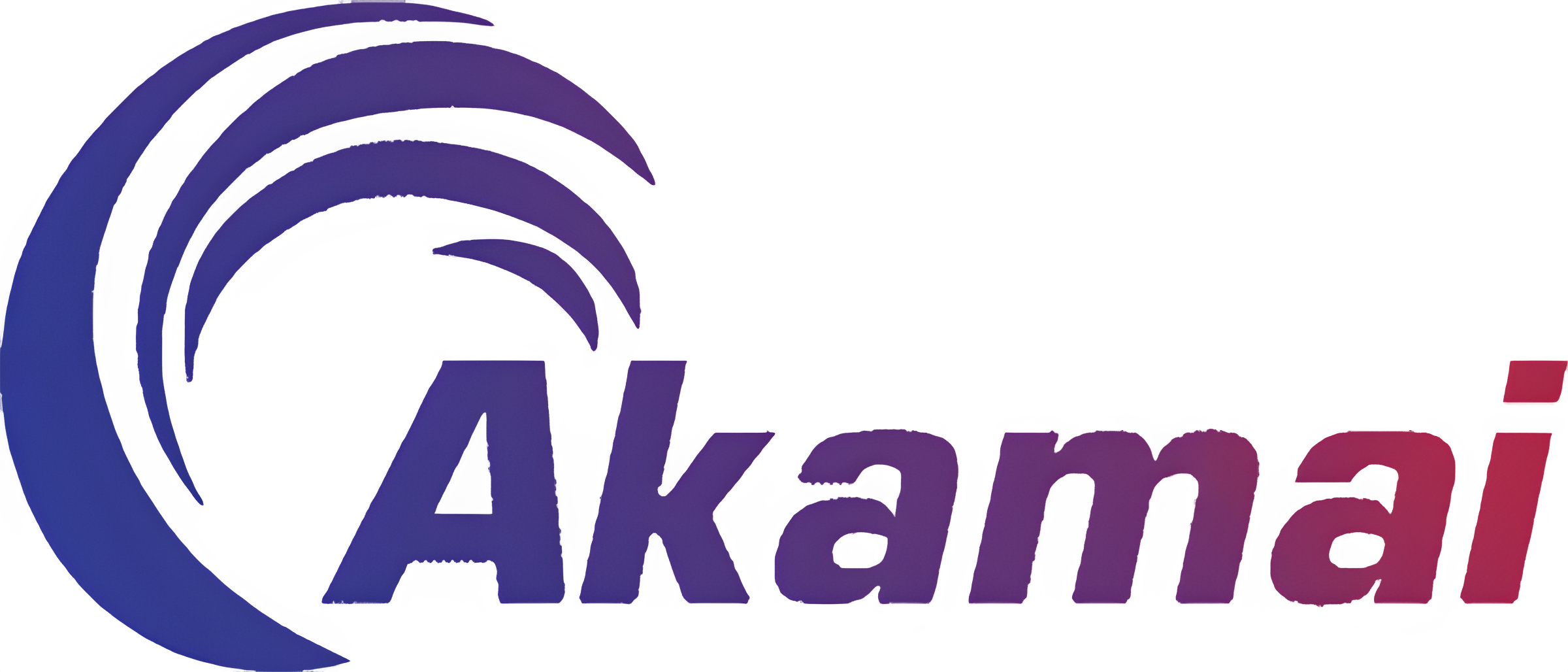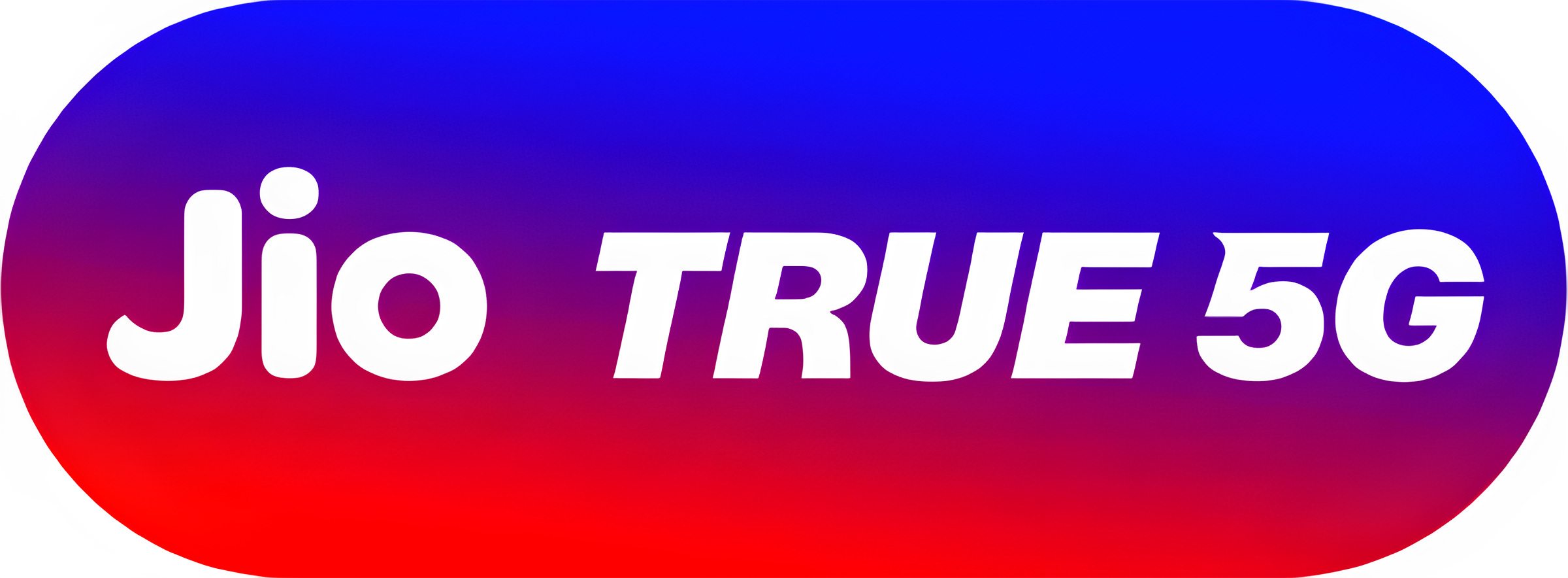Step-by-Step Guide to Create a Messaging App Like WhatsApp
Instant messaging is ubiquitous in today’s mobile landscape. For example, WhatsApp — the world’s most popular chat app — handles over 100 billion messages per day. Building a reliable WhatsApp-like platform requires careful planning of architecture, security, real-time networking, and user experience. Many businesses partner with a specialized mobile app development company or software development company to leverage this expertise. In the on-demand app development era, even startups can find an affordable software development company that understands the intricacies of real-time chat app development, ensuring features like end-to-end encryption and efficient messaging protocols are built in from the start.
To begin, clearly define the app’s requirements. Functional requirements include supporting one-on-one and group chats, sending media (images, audio, video), and showing delivery/read acknowledgments. The system should queue messages when a recipient is offline and deliver them later, with push notifications to wake devices when users come back online. These features are essential for usability and engagement. Non-functional requirements are equally critical: the app must achieve very low latency (near-instant message delivery) and consistent ordering of messages. It should be highly available and robust, since any downtime can frustrate users. Crucially, security cannot be an afterthought. The architecture must implement end-to-end encryption so that “only the two communicating parties can see the content of messages”. Finally, the system must be highly scalable: it should support a rapidly growing user base and enormous traffic volumes. For reference, estimates for WhatsApp show that 100 billion messages per day (at ~100 bytes each) amount to ~10 TB of data daily, requiring on the order of 200 backend chat servers to manage the load. Keeping these requirements in mind guides every subsequent decision.
Choosing the Right Tech Stack
With requirements set, select a technology stack that balances developer productivity with performance. Most teams build native clients for each platform (WhatsApp uses Java/Kotlin on Android and Swift/Objective-C on iOS), since native code often yields the best responsiveness. Cross-platform frameworks (like Flutter or React Native) can accelerate development, but be sure the chosen framework handles real-time chat app development well. On the backend, you need a server language and framework that can handle massive concurrency. WhatsApp famously uses Erlang (designed for concurrent, fault-tolerant systems) on FreeBSD for its chat servers. If not Erlang, many modern solutions use Node.js, Go, or Java for chat backends. For example, a single Node.js process can handle ~100,000 concurrent connections on one CPU core, allowing horizontal scaling across multiple servers as load grows.
For data storage, a combination of databases is common. In-memory or key/value stores (like Redis, Cassandra, or Erlang’s Mnesia) can cache recent messages and state, while a durable database (SQL or NoSQL) stores long-term history. WhatsApp uses an Erlang-based distributed database (Mnesia) for fast lookups, but alternatives like MongoDB, Cassandra, or PostgreSQL with replication can work too. Storing user profiles, chat metadata, and message logs in a robust database is essential. Always use TLS/SSL for all client-server communication to protect data in transit.
When choosing third-party services, consider cloud infrastructure and messaging platforms. Cloud services (AWS, Google Cloud, Azure) provide scalable virtual machines, managed databases, and global load balancers, which help with chat app scalability. For push notifications and cloud messaging integration, services like Firebase Cloud Messaging (FCM) or Apple Push Notification Service (APNs) are indispensable. For example, Firebase FCM provides a full pipeline for sending notifications to Android and iOS, or web clients. You may also use managed chat APIs (e.g. Twilio, Sendbird) to speed up development. Working with an experienced software development company can help you evaluate these options. An expert team will tailor the stack to your needs: for instance, choosing a cloud provider that ensures low-latency global delivery, or selecting libraries that support secure messaging protocols out of the box.
Must Read: -Develop a Real Estate App Like MagicBricks for Property Listings
Designing a Real-Time Messaging Architecture
At the core of any chat app is a client-server architecture optimized for real-time messaging. In a typical design, each mobile or web client maintains a persistent connection to one or more centralized servers. These servers handle routing and storage of messages.
The diagram above illustrates this: when a client (Client 1) sends a message, it goes to the server, which then relays it to all intended recipients (Client 2, Client 3, etc.), including an echo back to the sender for confirmation. In practice, the client opens a secure WebSocket or persistent TCP connection (often using XMPP or a custom protocol) to the server. WhatsApp, for example, uses a heavily modified XMPP (Extensible Messaging and Presence Protocol) on an Ejabberd server. Each outgoing message is sent over this SSL socket and queued on the server until delivery. Once the recipient’s device reconnects, the server forwards the message and sends a delivery receipt back to the sender. This ensures no messages are lost even if a user temporarily goes offline.
Under the hood, the server cluster is typically split into services (or processes) that handle different tasks. A message routing service manages active sessions and live forwarding. A storage service writes messages to a database when recipients are offline. Presence and notification services track which users are online. Using a message queue (e.g. RabbitMQ, Kafka, or Redis Pub/Sub) can help decouple components and buffer bursts of traffic. For example, when Client A sends to Client B, the message is enqueued, A’s server acknowledges immediately, and a worker picks it up to store or forward. This kind of event-driven architecture (with pub/sub) supports scale and fault tolerance.
To support features like typing indicators and delivery/read receipts, the client and server also exchange auxiliary events. These use the same persistent connection so updates propagate instantly. For example, when a user starts typing, the client sends a “typing” event to the server, which broadcasts it to the chat partner. Implementing such events uses the same real-time protocol as messaging. Overall, designing the architecture with horizontal scaling in mind (easily adding more servers) and using load balancing across server instances is crucial for future growth. An experienced team will model this architecture to ensure the servers can handle millions of concurrent connections and billions of messages.
Must Read: - Why Your Local Taxi Business Needs a Custom Booking App
Implementing Real-Time Features
With the architecture in place, focus on the real-time features themselves. The core feature is instant text messaging, but users expect more: group chats, media sharing, voice notes, location sharing, and perhaps voice/video calling. To exchange data as soon as a user taps “send,” use technologies like WebSockets or long-lived TCP connections. Mobile platforms can leverage WebSocket libraries (e.g. socket.io, SignalR) or native socket APIs. Because these connections can be interrupted (e.g. due to network changes), implement reconnection logic on the client.
Under the hood, you will typically format each message as a JSON or protobuf object and send it over the socket. The server then broadcasts it to target client connections. If a recipient is offline, the server stores the message and waits for the next connection. Once delivered, have the recipient’s client send an acknowledgment back so you can update read receipts for the sender. This sequence (send→server→receive→ack) is depicted in the high-level design of WhatsApp. The sender sees a “sent” and then “delivered” checkmark when the server confirms delivery.
In real-time chat app development, latency is king: messages should appear almost instantly. To achieve this, minimize server hops and database writes on the critical path. For example, you might broadcast a message to recipients’ in-memory connections first, then asynchronously log it to disk. Use efficient binary formats if needed to reduce payload size. Caching can help: maintain recent chat state in memory (Redis or in-process cache) so you don’t hit the database for every read. Also consider multi-region deployment: if your users are global, deploy servers in multiple geographic zones and have clients connect to the nearest one, reducing round-trip time.
Finally, don’t forget about offline mode. Allow the app to show cached conversations even when there’s no connection. Store recent messages locally (SQLite or a mobile database) so users can scroll through past chats. WhatsApp, for example, uses an embedded SQLite database on the device to store conversations. This local storage ensures a smooth experience; if the app tries to send a new message while offline, it can queue it locally too. When connectivity returns, synchronize with the server: send queued messages and fetch any missed messages. Handling these edge cases correctly is part of delivering a polished, real-time chat experience.
Must Read: - How to Create a Salon Appointment Booking App
Security and Encryption
Security is a make-or-break aspect of any messaging app. Users must trust that their conversations are private and protected by secure messaging protocols. The industry standard is end-to-end encryption (E2EE), which means messages are encrypted on the sender’s device and only decrypted by the recipient. Even the server should have no access to plaintext. WhatsApp demonstrates this: it uses the signal protocol for encryption. Every message gets a unique encryption key, so only the communicating parties can decrypt it. Implementing E2EE usually involves generating public-private key pairs on each device, exchanging keys via a protocol like Diffie-Hellman, and then using a double-ratchet algorithm to produce per-message keys. Libraries exist (the open-source Signal library, for example) that can handle the heavy cryptography for you.
In addition to message-level encryption, secure your client-server channels with TLS. All data transmitted over the network (including login credentials and push tokens) should be encrypted in transit. Use strong SSL certificates and up-to-date protocols (TLS 1.2 or 1.3). Also enforce secure authentication: for WhatsApp, users sign up via phone number verification, and that number is bound to a public/private key pair. Consider multi-factor or biometrics for extra security. Never store plaintext passwords or keys on the server. If you offer media or location sharing, remember that those should be end-to-end encrypted too (send them as encrypted blobs, or fetch them from a secure, expiring URL).
Audit and testing are critical. Perform security reviews or hire experts to test your encryption implementation. Regularly update cryptographic libraries to patch vulnerabilities. Follow secure coding practices throughout (validate all inputs, protect against injection attacks, use prepared statements for databases, etc.). Finally, be mindful of privacy regulations: encrypt backups, get proper user consent for data collection, and provide clear policies. A messaging app that is both feature-rich and secure will earn user trust and stand out in the market.
Must Read: - Launching a Grocery Delivery App Like Instacart: What You Need to Know
Ensuring Scalability and Performance
Even after launch, a chat app must grow smoothly. Chat app scalability means planning for increasing numbers of users and messages without service degradation. Start by designing for horizontal scaling: your back-end services should run on multiple instances behind load balancers, so you can spin up additional servers as needed. For example, WhatsApp uses horizontal scaling aggressively: “if demand increases, more servers are added”. Use container orchestration (Kubernetes, Docker Swarm) or auto-scaling groups in the cloud so that capacity adjusts to load.
Database design is equally important. For large-scale messaging, databases are often sharded by user or conversation. Splitting (sharding) allows each database node to handle a subset of chats, reducing contention and latency. WhatsApp reportedly shards its data so each database handles a subset of users. Also use replication: each shard should have a backup replica so no data is lost if one server fails. To improve read performance, consider adding a caching layer (Redis or Memcached) for frequently accessed data (like recent chat history or user profiles).
Media (photos, videos) can consume huge bandwidth. Offload these to a cloud storage service (AWS S3, Google Cloud Storage, etc.) and serve them via a CDN. That way, your app can handle tens of millions of media downloads without burdening the chat servers. In one analysis, WhatsApp’s design includes CDNs for global media delivery. For push notifications, rely on scalable third-party services (FCM, SNS, APNs) that can fan out messages to millions of devices.
Finally, conduct load testing before launch. Simulate large numbers of users sending messages concurrently. Measure throughput, latency, and resource usage. Identify bottlenecks (CPU, memory, network) and optimize code or scale resources accordingly. For example, ensure your message serialization is efficient, or that your database queries use indexes. Good monitoring (using tools like Prometheus or DataDog) will alert you when performance degrades, so you can respond quickly. Remember that even an affordable affordable software development company can help set up CI/CD pipelines and monitoring to maintain a stable, scalable system.
Must Read: - Building a Smart Parking App for Urban Mobility Solutions
Cloud Messaging Integration for Push Notifications
In addition to direct socket-based messaging, modern chat apps rely on cloud messaging services to handle notifications when users are offline or the app is closed. Platforms like Firebase Cloud Messaging (FCM) or Apple Push Notification Service (APNs) act as intermediaries that wake devices and deliver alerts. Integrating these is essential for user engagement.
For example, the FCM architecture diagram above shows how a backend server (or even a Firebase console) builds a message and sends it to the FCM backend (step 1–2). The FCM servers then route that message through the appropriate transport layer (Android’s Google Play transport, APNs for iOS, or Web Push for browsers) to the device (steps 3–4). In practice, your server might call the FCM API whenever a message arrives for an offline user. FCM then ensures Android devices receive the notification; on iOS, you use APNs similarly.
WhatsApp uses this approach: it sends chat notifications via FCM to ensure users see new messages even when the app is in the background. As one guide notes, “WhatsApp uses Firebase Cloud Messaging (FCM) for push notifications to notify users about incoming messages, even when the app is in the background or closed.” You should mark chat notifications as high-priority so they appear instantly. When a user comes online, your app should then establish the persistent socket again and fetch any missed messages.
Setting up push notifications requires registering each device token on your server and handling permission and fallback logic. It’s also an important place to focus on security: for example, send only metadata (like “New message from Alice”) in the push payload, not the full message content (which might be end-to-end encrypted). In summary, cloud messaging integration ensures reliable delivery of alerts across all device states, complementing your real-time socket layer.
Must Read: - Cost & Features to Develop a Music Streaming App Like Spotify
Crafting a Stellar User Experience
Finally, never underestimate the importance of user experience (UX). A technically flawless app can fail if it’s hard to use. Design a clean, intuitive interface that feels native to each platform. Use familiar patterns: chat bubbles, contact list, status indicators, etc. Optimize loading: conversations should appear instantly using local cache (e.g. SQLite) and then sync new messages when online. For instance, WhatsApp stores messages in a local database so you can scroll through chat history without waiting for network fetch.
Make onboarding effortless. Enable signup via phone number with automatic code reading to remove friction. Sync the user’s contacts so friends on the platform appear automatically. Provide clear indicators for message status (sent, delivered, read) and presence (online/offline). Implement user-friendly features like typing indicators, emoji support, and voice notes to match competitor apps. Ensure multimedia (images, videos) can be viewed full-screen and supports pinch-to-zoom. For on-demand app development cases, you might integrate chat with other services: for example, displaying a map location when sharing or allowing quick call-switch if needed.
Performance impacts UX too. Aim for animations and scrolling at 60fps, and minimal memory usage so the app doesn’t slow down older devices. Compress images before sending, and use progressive loading for feeds or chat lists. Support multiple devices: allow logins on tablet or web (as WhatsApp does via a web session) and keep chats in sync. Remember accessibility: use readable font sizes, high-contrast colors, and support screen readers if possible.
Gather user feedback early. During beta testing, watch for confusing parts of the UI or common errors. Iterate quickly to fix usability issues. A great user experience not only reduces user churn but also minimizes support costs and boosts word-of-mouth.
Also Read: - Launch a Medicine Delivery App Like 1mg or PharmEasy
Conclusion: Partnering for Success
Building a WhatsApp-like messaging app from the ground up is a complex challenge that spans real-time networking, encryption, and scalable infrastructure. This guide has outlined the major steps: defining requirements, choosing a solid tech stack, designing an efficient chat architecture, implementing real-time messaging and push notifications, ensuring end-to-end security, and optimizing for scalability and UX. Throughout this process, many businesses find it invaluable to work with an experienced partner. A dedicated mobile app development company or software development company brings specialized knowledge of secure messaging protocols and cloud messaging integration needed for such an endeavor.
In particular, Dinoustech Private Limited has emerged as a trusted partner in messaging app development. As an established and affordable software development company, Dinoustech offers expertise in building end-to-end encrypted, real-time chat solutions that scale with your user base. Their team can guide you through the architecture choices and implementation details, leveraging best practices from projects like WhatsApp. By collaborating with a partner like Dinoustech, you can save time and avoid pitfalls, ensuring that your on-demand messaging app delivers a fast, secure, and user-friendly experience from day one.
With careful planning and the right team, you can create a robust messaging platform that meets modern standards for performance and security. From client UI to server backend, each layer must be designed with scale and privacy in mind. Incorporating these considerations will help you build a messaging app where users can chat freely, just as they do on WhatsApp — confident that their conversations are instant, reliable, and safe.

















